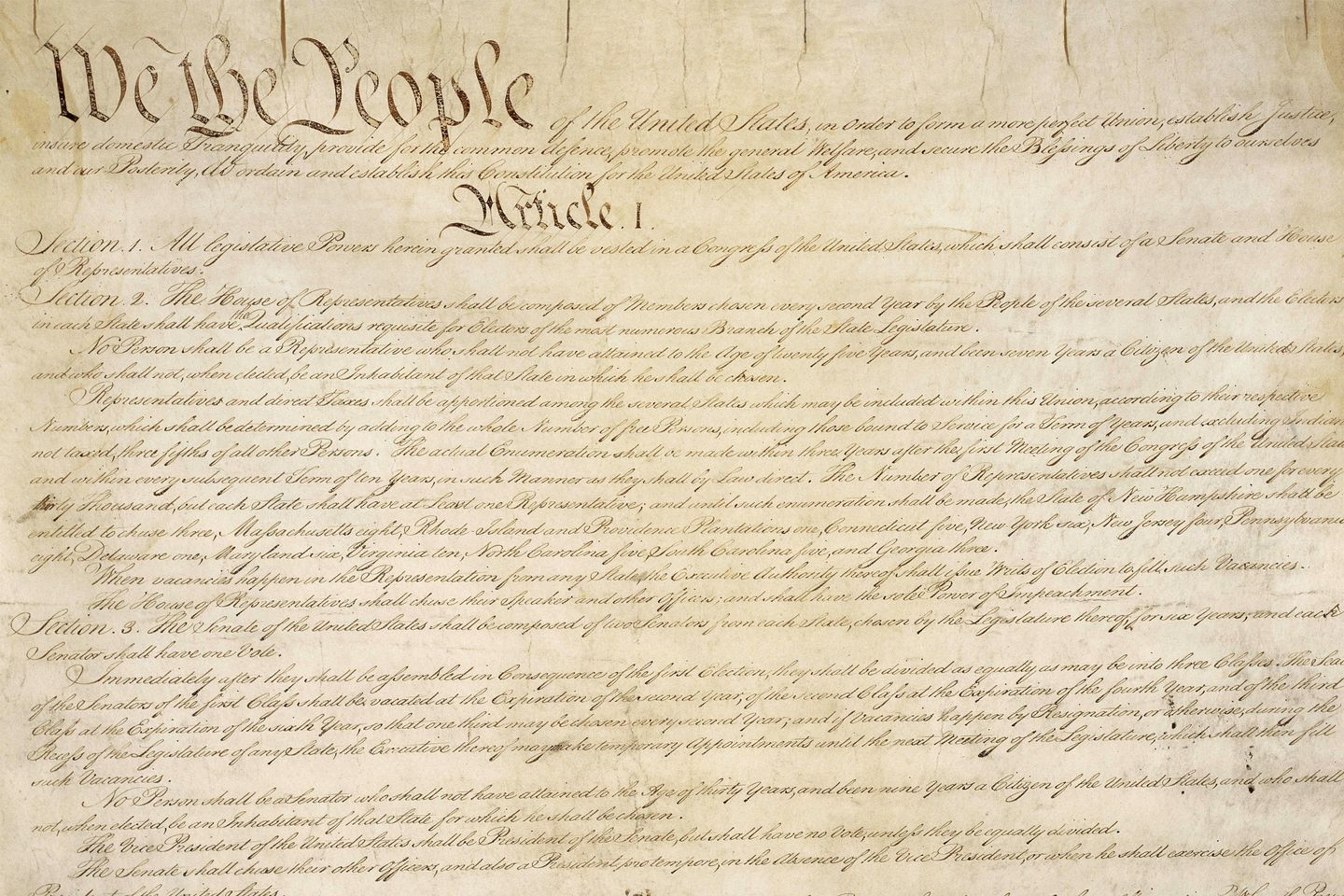
To read the full story by our staff writers, click here. This AI-assisted article below was created to help further explain the concept of habeas corpus.
Habeas corpus (Latin for “you shall have the body”) is a fundamental legal principle and writ that protects individuals from unlawful detention or imprisonment. It’s often referred to as the “Great Writ” due to its historical and constitutional importance.
The writ of habeas corpus allows a person who has been detained to challenge the legality of their detention by requiring authorities to bring them before a court and justify the detention. If the court finds the detention unlawful, it can order the person’s release.
Key aspects of habeas corpus:
• “Constitutional protection”: In the U.S., habeas corpus is protected in Article I, Section 9 of the Constitution, which states that “The Privilege of the Writ of Habeas Corpus shall not be suspended, unless when in Cases of Rebellion or Invasion the public Safety may require it.”
• “Historical significance”: The concept originated in English common law and was later adopted by many legal systems worldwide. The Habeas Corpus Act of 1679 in England formalized the right.
• “Modern application”: Today, habeas corpus petitions are often used by prisoners challenging their convictions, sentences or conditions of confinement.
• “Limitations”: While a fundamental right, habeas corpus can be suspended in extraordinary circumstances, such as during wartime or national emergencies.
Habeas corpus remains a critical safeguard against arbitrary detention and government overreach, serving as a cornerstone of civil liberties in democratic societies.
This article is written with the assistance of generative artificial intelligence based solely on Washington Times original reporting and wire services. For more information, please read our AI policy or contact Ann Wog, Managing Editor for Digital, at awog@washingtontimes.com
The Washington Times AI Ethics Newsroom Committee can be reached at aispotlight@washingtontimes.com.












